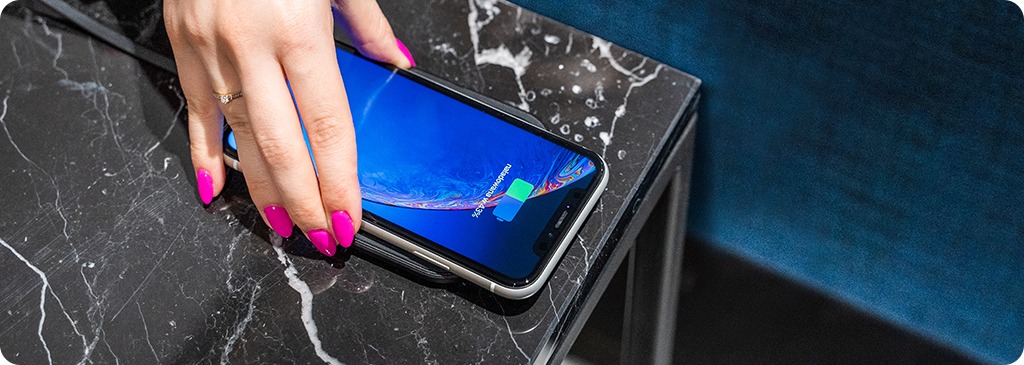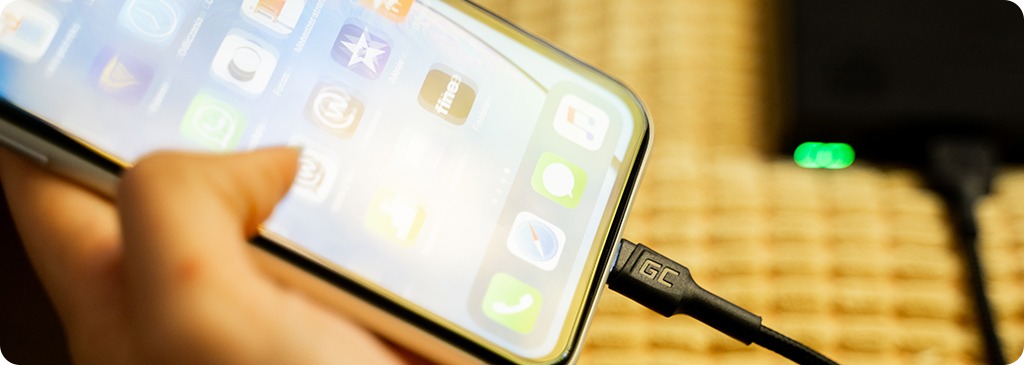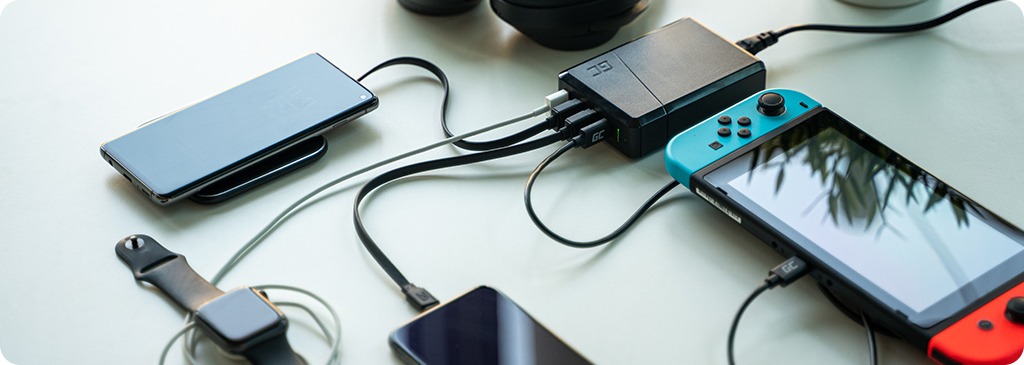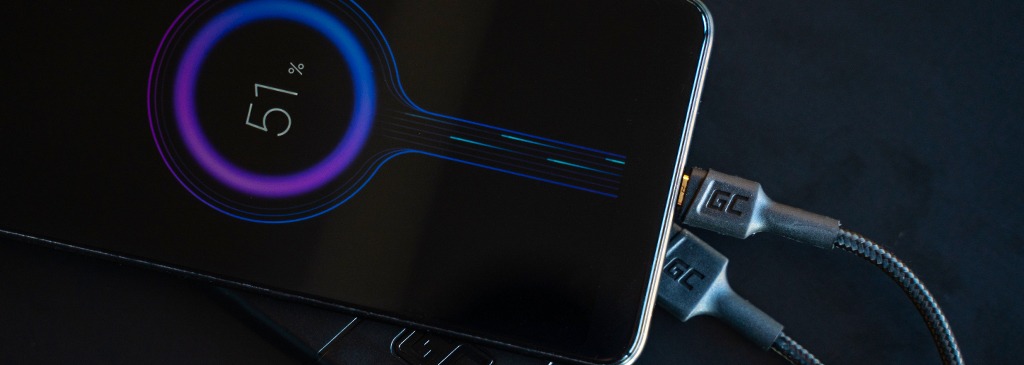Lithium-ion battery technology has taken over the world. You can find them every step of the way, in many everyday devices. They are installed not only in smartphones and tablets, but also in laptops, cameras, power tools or electric cars. Despite many improvements in this technology in recent years, batteries wear out over time and there is nothing we can do about it. In today’s entry you will learn how to avoid unnecessary wear and tear and what to do to make sure that the purchased equipment will last as long as possible. Find out how to increase battery life.
1. Avoid extreme temperatures
Lithium-ion batteries work by moving ions between the positive and negative electrodes. In theory, such mechanism could work indefinitely, unfortunately, the cells wear out and the battery capacity gradually decreases with age. Temperature has the greatest influence on consumption. Optimal for battery operation is in the range of 20-25°C, in case of regular use of a battery with a temperature above 40°C it can lose up to 40% of its capacity during the year. For this reason, avoid charging your phone in a thick case, leaving it under a pillow, next to a radiator or next to a laptop fan.
Low temperatures, on the other hand, cause faster discharge and can lead to moisture condensation on the circuits, which can result in a short circuit in the device. In summary, both when it is too hot and too cold, battery life can drop faster in both cases.

2. Use the appropriate charger
Buying cheap “NoName” chargers at first sight looks like a good way to save money, but in the long run it carries some risk. Insufficient protection, insulation of the components and leaving a lot to be desired care of cheap replacements can cause not only damage to the cell in our favorite equipment, but also electric shock to the user. When purchasing this type of accessories, it is worth paying attention to whether the product has the appropriate certificates.
A great example is a 5-port charger by Green Cell ChargeSource 5, which you can find in our shop’s offer. It has a number of security features and approvals that ensure safe and convenient use.


3. Do not wait with charging for the last moment
It is often heard that we should not charge the phone to 100% battery capacity, but nowadays phones are equipped with appropriate circuits that cut off the power supply to the battery when fully charged. Of course, for ideal use, a power supply of up to 80% is recommended. Much greater damage is caused by regular discharging of the battery up to 0% – the once popular “formatting/moulding” of batteries. This practice was recommended for nickel-cadmium or nickel-hydrogen cells. In the case of lithium-ion technology, the use of advanced systems to control battery consumption allows us to charge safely regardless of the current state.


4. Do not leave the battery discharged for long
When you buy a new phone, you can’t resist the excitement. We take the memory card, SIM card out of the old smartphone and then throw it in the drawer, where it will probably spend the next months or even years. If you want to use your old phone in an emergency, you may find that the battery, which used to last all day long, has trouble powering the phone for a few hours. Lithium-ion cells do not like to be empty, this can lead to reduced capacity and even permanent damage. In this case, we recommend that you charge the battery to about 50% before “abandoning” your smartphone.


5. Update the software, disable unused functions
From time to time your phone is notified by the manufacturer of the latest software update. Too often in such situations we happen to click on the “remind later” button. This is a common mistake, because updates not only fixes software errors found, but also improves security. They also often contain patches that optimize the performance of components, which leads to lower energy consumption. It is also worth remembering to turn off functions such as location or WiFi on your phone when you are not using them. They use a lot of resources, which leads to more frequent charging of the phone and, as we already know, charging increases the temperature of the cell, high temperature leads to lower capacity and lower capacity leads to more frequent charging. We appeal – take care of battery life, and if necessary, ask us about the new 🙂.


Author: Jakub Czyż
Related posts
Most viewed entries
- Polish Inventors Who Changed the World – Do You Know Them All?
- The Scariest Myths About Electronic Devices – Halloween 2024
- The history of bicycle – International Bicycle Day
- Electricity in a camper van on holiday – a conundrum easily solve
- Off-grid installation on a plot. Is it worth it?
- Charging your electric car at home without a wallbox

